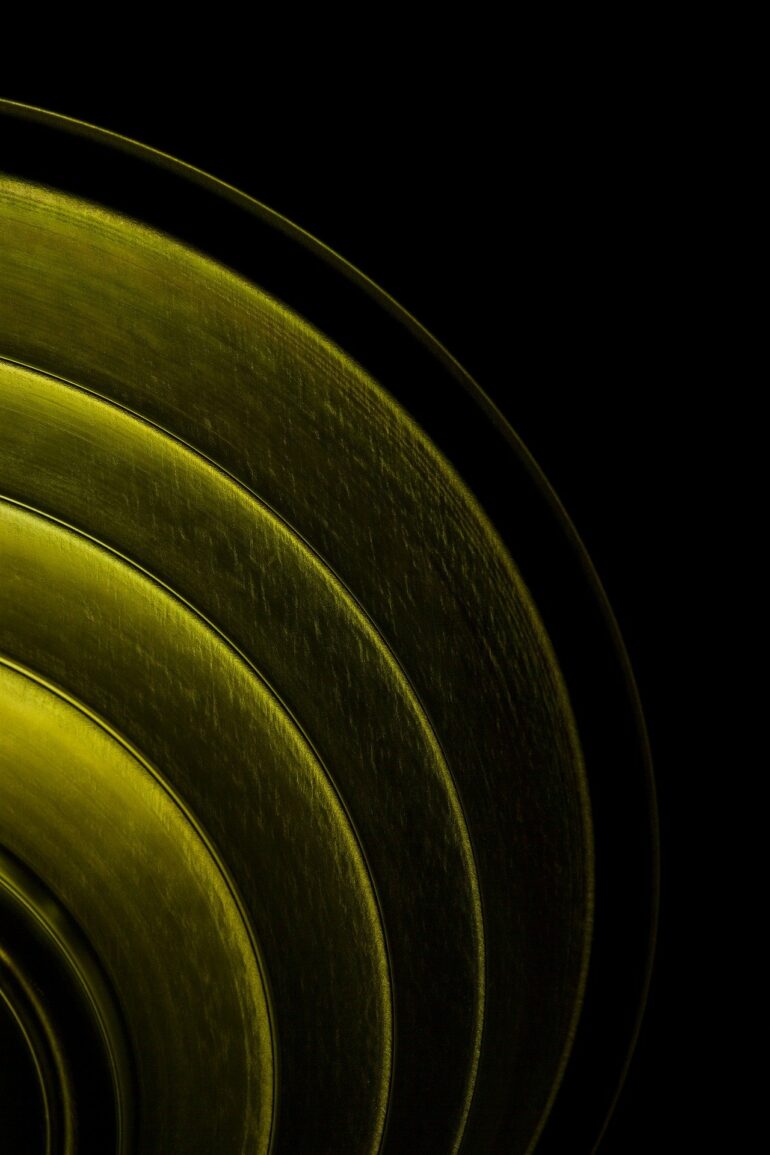Researchers from the University of New Hampshire have mapped magnetic fields in three dimensions, a major step toward solving what they call the “grand challenge” of revealing 3D magnetic configuration in magnetic materials. The work has implications for improving diagnostic imaging and capacity in storage devices.
“The number three really represents a breakthrough in this field,” said Jiadong Zang, associate professor of physics. “Our brain is a three-dimensional object. It’s ironic that all our devices are two-dimensional. They’re underperforming compared to our brains.”
The study, published recently in the journal Nature Materials, provides the results of three years of high-performance numerical simulations, mapping a three-dimensional structure of a 100 nanometer magnetic tetrahedron sample using only three projection angles of electron beams. Zang points to computed tomography medical imaging, or CT scans, as an example. Instead of sending multiple beams of X-rays to map tissues in the body the same images could be produced with only three beams.
Reducing electron beam exposure in fast three-dimensional magnetic imaging is one potential application for this collaborative research. The researchers’ findings also have implications for improving storage capacity of magnetic memory devices, which currently deposit circuits onto two-dimensional panels that are approaching maximum density.
The method offered by this research will be a useful tool to detect and characterize three-dimensional magnetic circuits.
More information:
Kodai Niitsu et al, Geometrically stabilized skyrmionic vortex in FeGe tetrahedral nanoparticles, Nature Materials (2022). DOI: 10.1038/s41563-021-01186-x
Provided by
University of New Hampshire
Citation:
Researchers map magnetic fields in 3D, findings could improve device storage capacity (2022, March 4)
